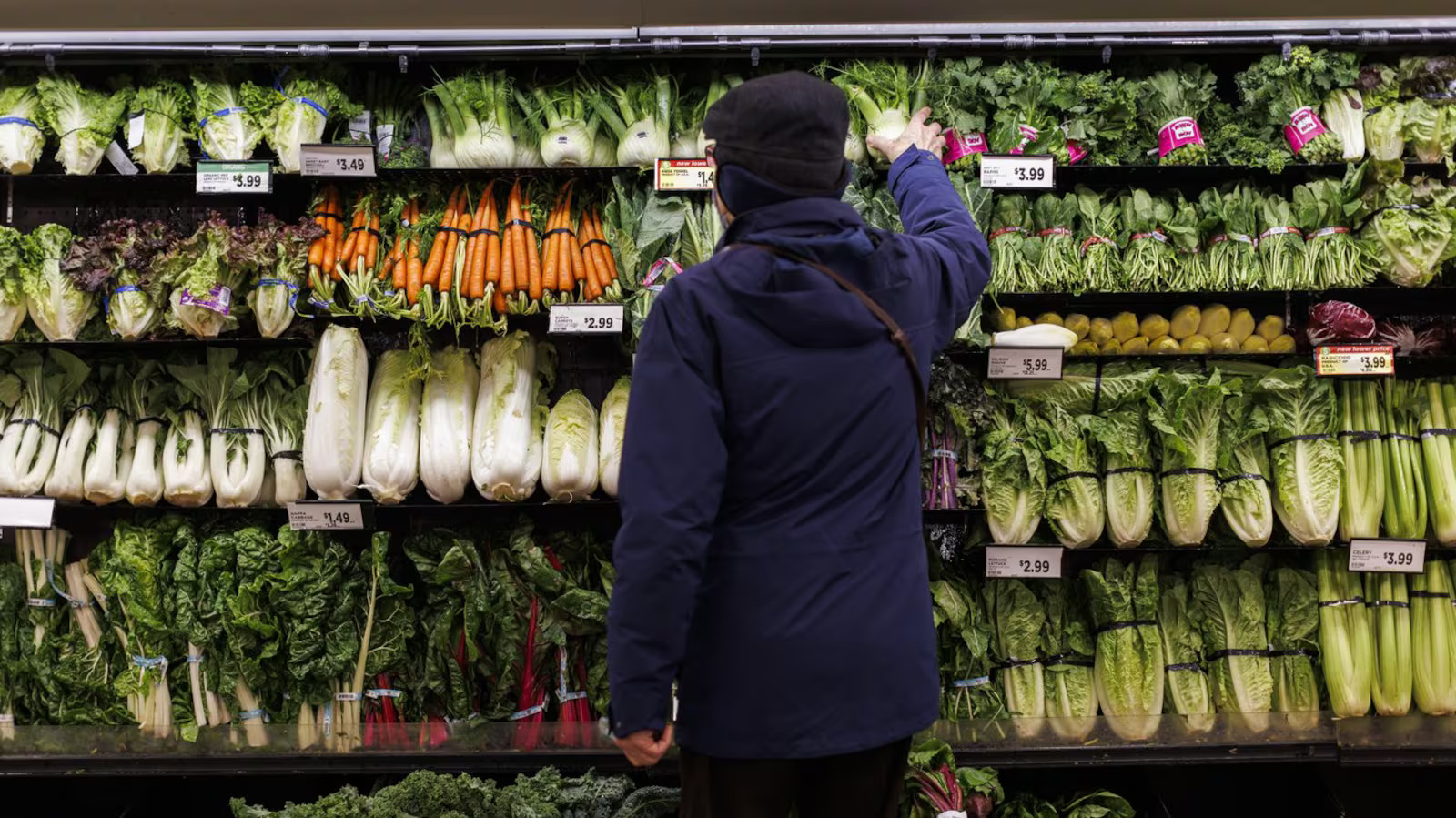As February begins, Canadians can expect to see higher prices at grocery stores as an annual industry-wide freeze on supplier price increases comes to an end. This long-standing practice, which stabilizes prices during the holiday season, typically runs from November to early February.
Eric La Flèche, CEO of Metro, confirmed the freeze’s conclusion during a recent press conference, stating, “We do have a freeze where we don’t take any cost increases between November and early February. In the next few weeks, there will be some price increases reflecting the increases in costs that we negotiated and accepted.”
The annual price freeze is a common practice among Canadian grocers, allowing them to avoid implementing supplier price increases during the busy holiday season. This helps stabilize prices when consumers are most sensitive to fluctuations.
Peter Chapman, founder of consulting firm SKUFood and a former Loblaw executive, explained that retailers carefully evaluate supplier requests to determine if price increases are justified. “When a supplier makes the case to change a price, the retailer does a lot of work to try to understand … is it really a justified increase or not?” he said.
Independent grocers also participate in the freeze, though it often excludes products with more volatile pricing, such as meat and fresh produce, according to Gary Sands of the Canadian Federation of Independent Grocers.
Amid persistent food inflation and public frustration over rising grocery costs, major grocers have faced criticism for their profits while pointing to supplier price increases as a key factor. Some have called out large multinational suppliers for what they deem unreasonable requests.
When asked about the annual freeze, Metro confirmed its long-standing practice, while Empire, Sobeys’ parent company, declined to comment. Walmart Canada noted it does not have a blanket freeze but works year-round to push back on unjustified increases. Loblaw deferred to the Retail Council of Canada, which also declined to comment.
The price freeze gained public attention in recent years as grocers sought to explain rising food prices. In October 2022, Loblaw announced a freeze on over 1,500 No Name products until January 2023, a move some criticized as a publicity stunt given the industry’s standard practice.
In 2023, grocers faced pressure from the federal government to curb food inflation, leading to expanded freezes and discounts. However, these measures are temporary, and price increases inevitably follow the freeze’s end.
While the freeze helps stabilize prices for consumers, it can pose challenges for suppliers, especially when unexpected cost increases occur. Henry Chambers of consulting firm Sentinel MC noted that suppliers often absorb additional costs during the freeze period, which can strain their operations.
Chapman added that the process of submitting price increase requests has become more rigorous, with retailers scrutinizing justifications more closely than ever. “Retailers have been … blamed for price increases in the market, and they are much more focused on trying to understand if a price increase is justified,” he said.
La Flèche cited several factors contributing to upcoming price hikes, including a weaker Canadian dollar, which makes U.S. imports like fresh produce more expensive, and poor harvests affecting global commodity prices for items like coffee and cocoa.
Despite these challenges, grocers are working to mitigate the impact on consumers. However, as the freeze ends, shoppers should brace for higher grocery bills in the coming weeks.
The grocery industry has faced increased scrutiny in recent years, with allegations of undue profiteering during inflation. Efforts to implement a code of conduct for fairer retailer-supplier negotiations are ongoing, though the annual price freeze has not been a focal point of these discussions.
As Canadians navigate rising food costs, the end of the annual freeze serves as a reminder of the complex dynamics shaping grocery prices—and the challenges of balancing consumer affordability with the realities of global supply chains.

